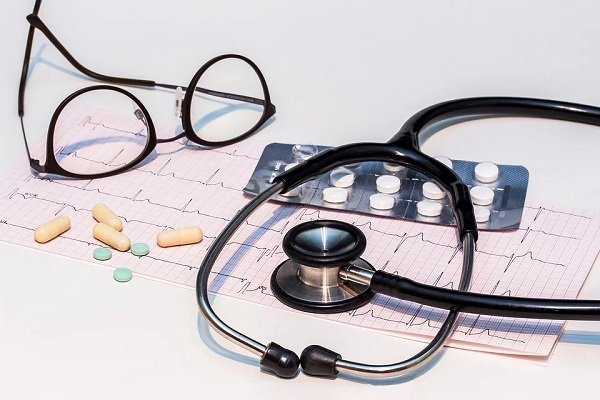Complete and accurate clinical documentation can guarantee maximum reimbursements to healthcare service providers. Prior to electronic systems, accuracy in clinical documentation was difficult to ensure due to many reasons, such as incomplete information, wrong demographics, and lack of physician notes.
If the problems and faults in clinical documents are undetected at an early stage it can spoil the whole billing process at a later stage. More seriously, providers can face penalties and even fraud charges if by mistake they submit false claims or claims with inaccurate billing information. Any audit by the government agencies or insurance companies can put the practice in trouble. This is why; healthcare providers must ensure accuracy of clinical documentation at a very early stage and fix it, otherwise, it would end up in claim rejections and denials. Visit website to get expert advice.
Accurate clinical documentation is important:
- It documents the accurate medical condition of the patients and creates reliable health records for future reference.
- It helps in better planning of patient handling, treatment, and follow-up visit.
- Accurate clinical documentation becomes part of a database and is useful for population health management and research purpose.
- Clinical documentation is important for coding, billing, and medical claim preparation.
- Accuracy in clinical documentation expedites the processes and improves the productivity of providers. As there are no delays due to faults in the data.
- Reduced errors in clinical documents maximize the collection of the providers.
The management of clinical documentation and medical billing through electronic applications has streamlined it to near perfection.
Completeness of data entered
Thanks to computerized physician order entry (CPOE) system that runs now as part of EHR applications, faults in clinical documentation are easier to trace. The system has significantly decreased the errors related to bad handwriting and it checks for incorrect and incomplete entries. EHR systems are capable of alerting the data entry operator if a field is left blank by mistake and which is mandatory to fill. With that capability, errors and omissions are avoided at the very beginning. Clinical documentation on electronic systems, comprehensively covers patient’s data, such as personal information, the reason for encounter, history of the disease, etc., followed by diagnostic test results assessment and plan for care.
Accurate CPT/ICD coding and billing
To claim a medical bill, providers are required to encode the procedures and prepare medical bills. Until now, it was difficult to transcribe accurate CPT/ICD codes and usually, the task was manually performed by experienced coders and billers. The electronic systems have automated this coding process which not only contributes to cost savings but also brings precision to the clinical documentation. This consistency in data ultimately ensures reimbursements without objections by the payers. Complete and accurate clinical documentation is critical to prepare medical bills. More accurate are the clinical documents, it makes the biller job easier and better are the collection prospects. In case if there are any questions regarding a medical bill, the staff of a medical provider can easily access the clinical documents and explain the details to the patient. This way, organized and accurate clinical documentation brings transparency to the system and improves the patient experience.
Editable electronic copies of medical records
Clinical documents managed through electronic systems and software applications are easier to access and edit unlike health records on papers. Correcting a mistake on paper would involve many legal complications and adding new information or editing existing was impossible. Electronic systems have provided flexibility in documentation handling; one can always edit or amend health records and can send it electronically along with the medical claims.
Accuracy in clinical documentation positively impacts the medical coding and billing process. Alongside this, it has raised standards of clinical care, improved data flow across healthcare service providers and increased reimbursements.
Smooth audits
Accuracy in clinical documentation makes the auditing and vetting of information easier for auditors. If healthcare providers have their own system of check and balance and cross-checking the information before making it a part of the health records then it brings in more accuracy and transparency.
Organized documents are easier to share
Accurate and well archived clinical data is easier to store, access and share across the network. Once the data is entered complete and accurate by using smart healthcare technologies, providers can use it in multiple forms. It makes it not only easier to share with other providers but with third-party billing companies rather patients can also access it through patient portals.
Accuracy check through a clearinghouse
Many healthcare providers and medical billing companies take the services of clearinghouse to validate the accuracy of clinical information. Mostly healthcare providers forward their documents to clearinghouse before submitting it to payers. Clearinghouses check the accuracy of clinical documents by using sophisticated technologies and notify providers if any inaccuracies are found. The scrubbing process important and makes sure that the data provided s accurate and meets the requirements of payers. Clearinghouses also check the accuracy of coding and that the physician notes have been accurately coded.

